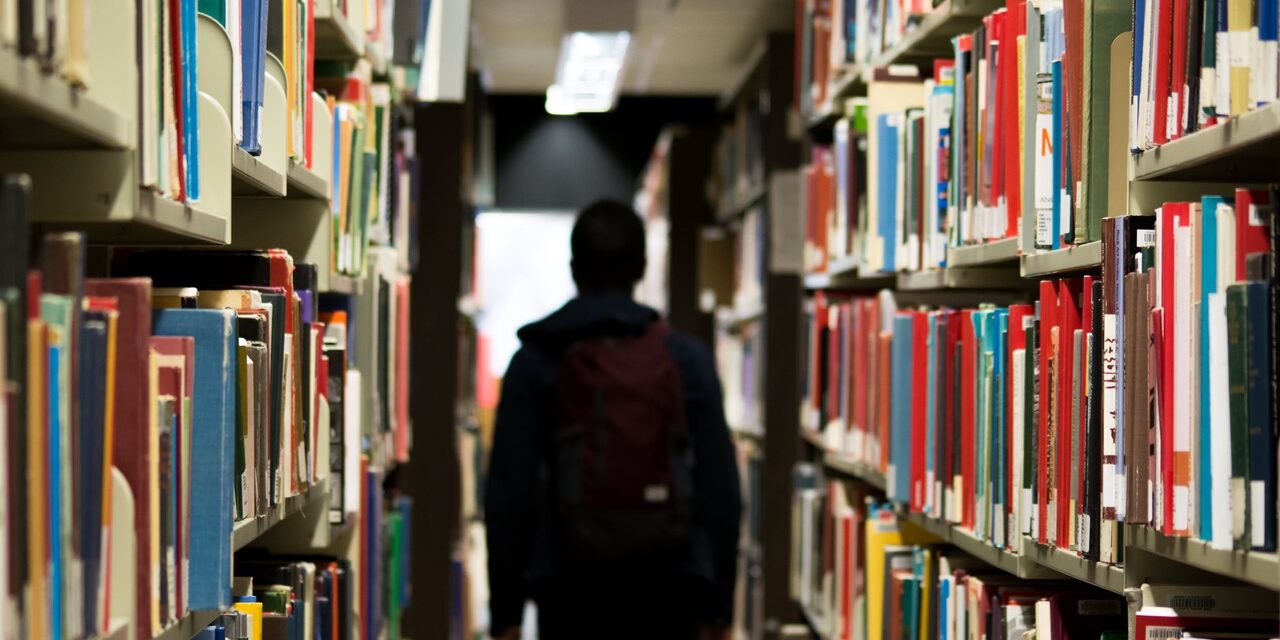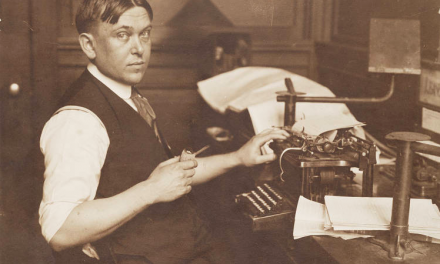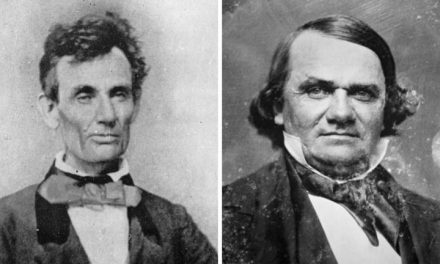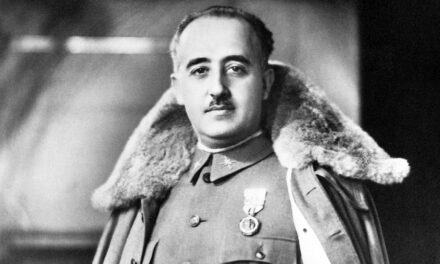I just started a new job with Sustainable Harvest, got lucky and went on an 11 day trip to Panama. Following is the first of a three part travel journal. If you like, let me know and I’ll post the other two. It’s not so much political as trying to convey the sense of the place and what we could be doing as a ‘world power’. By the way, 11 days with little news of BushCo is both a relief and unsettling at the same time…grab your travel bags…
My fourth night in Panama and certainly the most miserable. It’s our first night in the countryside, well a town in a rural area, it’s 5:30 and I’m awake. I’ve been awake far more than anything that could count for a good night’s sleep. The hotel is clean but it is concrete and tile (which is an excellent conductor of sound) and my room faces the road. If it were just the large trucks that pass every few minutes, I could probably do ok. If it were just the few kids running around being kids before 11pm, I could get by. It’s the car, more specifically, the car below my second floor window. It’s parked, it’s not moving, and nobody’s in it. More’s the pity. Because when the vibrations from a passing truck (did I mention we are close to the road?) hit the car, the car alarm goes off. It plays five different alarms at high volume and is designed to discourage any would be thieves and alert its owner. Unfortunately for me, it attracts neither thieves nor owner.
I should attempt to describe Panama. It will help if you have been anywhere outside the USA, like say Mexico or Puerto Rico, or any Latin speaking country. Panama strikes me as what Mexico was 10-20 years ago. More advanced economically than most Central American countries. The tropical setting, the concrete, whitewash paint, fair amount of humidity, feeling close to a tropical forest almost everywhere and the classes. Classes of people. The very rich, the rich, the poor and the almost poor. There does seem to be an emerging almost middle class but the countryside is still deep in poverty. Poverty, or the lack of it, seems to be on everyone’s mind. The struggle to get by is everywhere and the separation of the classes is distinct. No one, not Americans, not anyone, sees the very rich and powerful. They live in a different world, a protected world and they don’t want to be seen.
The people one meets, the taxi drivers, people working in restaurants, shops, museums, street merchants are all polite but I sense they don’t want prolonged contact with the Americans. I’ve found that even if speak French, they tend to think I’m an American. Panama’s history is dominated by two occupiers; the Spanish and the Americans. Both were occupiers and both were brutal. Panamanians are proud to have ownership of the Canal Zone and certainly the Canal defines the largest metro area, Panama City. The City is a City, looks more like Hong Kong complete with the skyline of skyscrapers and the intensity of any city.
I’m going to tangent from a straight narrative and provide moments or snippets from the trip so far:
-A boy kicks a soccer ball inside a fenced tennis court next to the hotel. Soccer is king.
-The darker the skin the stronger the discrimination. Light skin is good, dark skin is bad. It’s obvious.
-Many of the women are beautiful. Very beautiful, some even amazingly beautiful. There is a gracefulness to many. Movement comes easy. Panamanians are easy going and decent to gringos. We could learn.
-Our guide on the rain forest tour is attractive, bright, eager to please and answers many questions. We praise and applaud her, take her picture with us and manage to make her feel special. She tells us at the end we are the first group she’s taken solo and she was very nervous the night before, studying, trying to know more. She almost cried with the compliments we piled on. We are eager to please as well.
We visit the Canal. Everyone does it seems. It’s amazingly boring. It’s like watching grass grow or in this watching water fill a really big bathtub. We are taken to the Canal Administration building, formerly the symbol of American occupation. From the building, perched on a hill, you can see the field next to the formerly American high school where college students from the city raised the flag of Panama, I think in ’86. Later that night we see a few fireworks going off in the town of Anton where we are now. When we ask, we are told it is the Night of the Martyrs. Apparently, when the students raised the flag, they were shot by the Americans and several died. Our very nice, genial, polite guide failed to mention that piece of information.
The Canal Zone is 8 miles wide and 50 miles wide. When the Americans were here the only Panamanians allowed in had passes to work there. The Americans paid the French for the Canal Zone. It divides the country in half in more ways than I can imagine. It is a source of pride for many but it has quite a history. http://panama-information.executivehotel-panama.com/in-panama-history.html
I’m listening to Solomon Burke’s `None of us are Free’…None of us are Free if one of us is chained….how true and the chains are many, seen and unseen, seen and unseen. May I go beyond mine, may those that need breaking be broken. May I understand more than ever.







